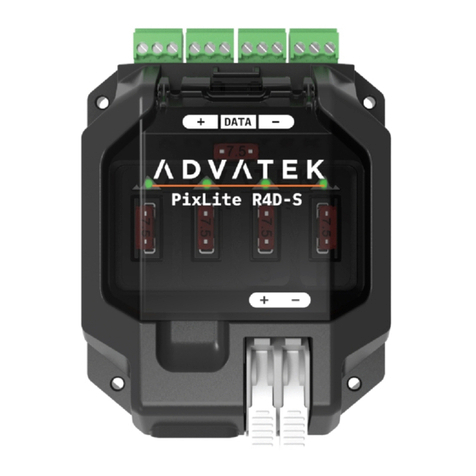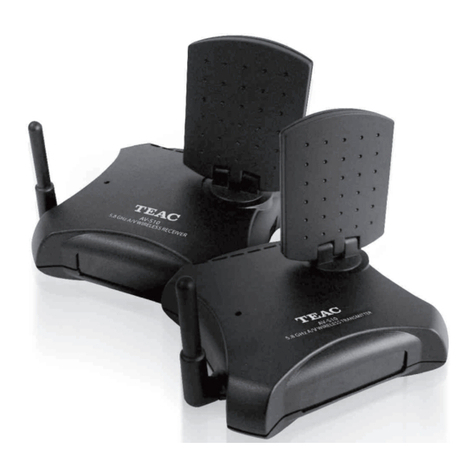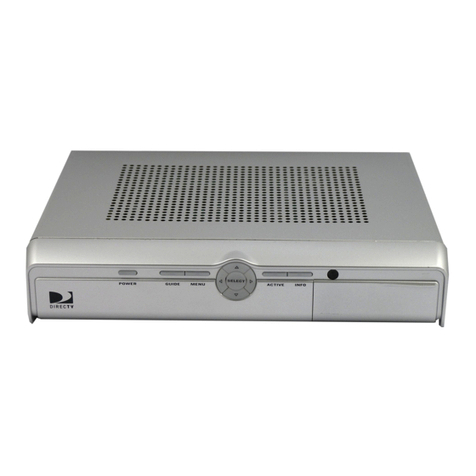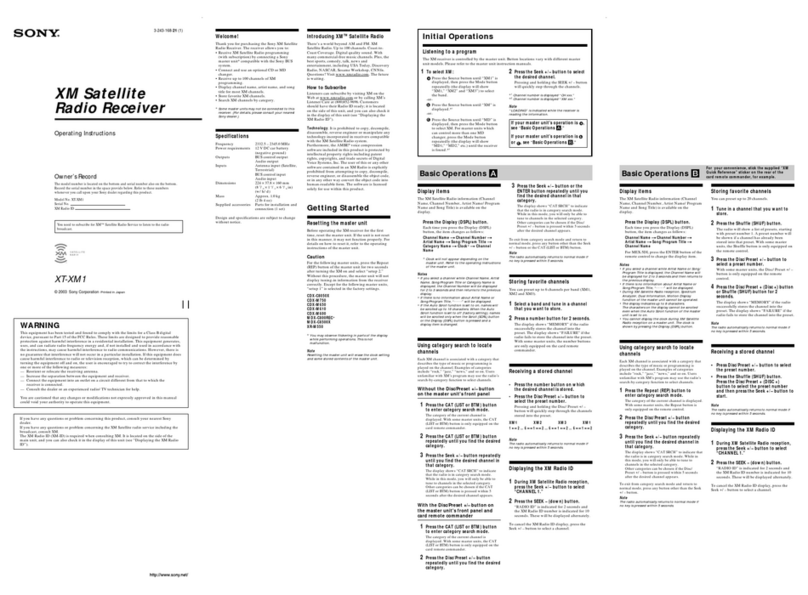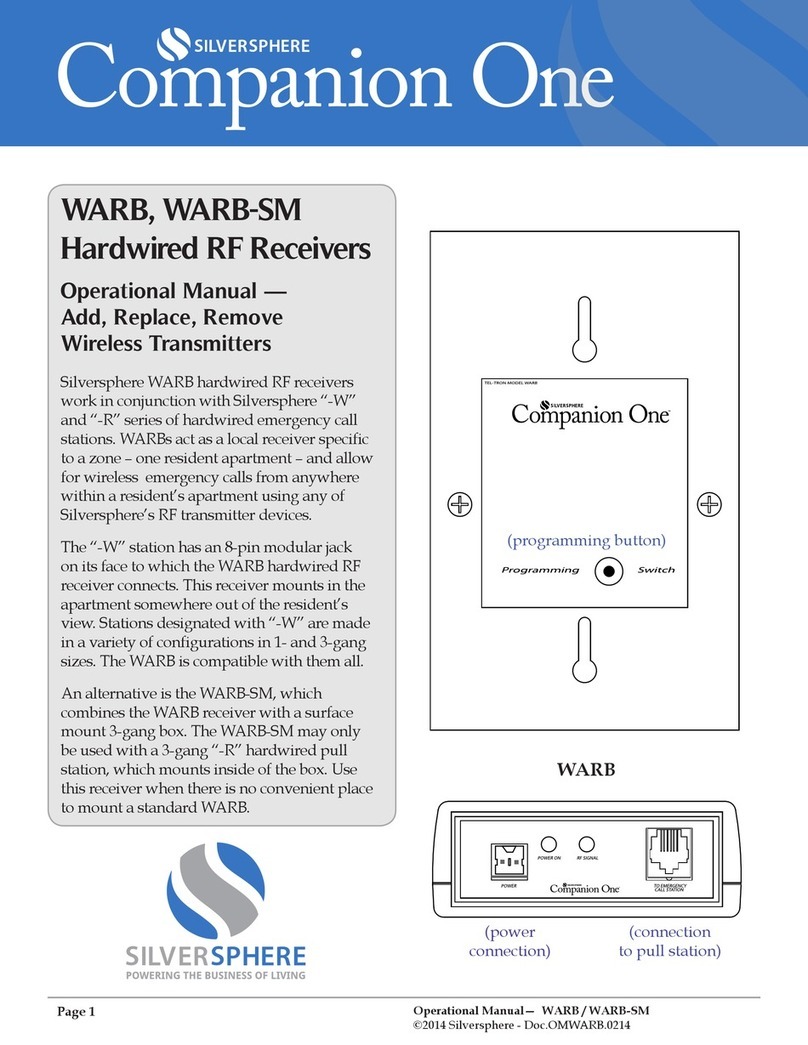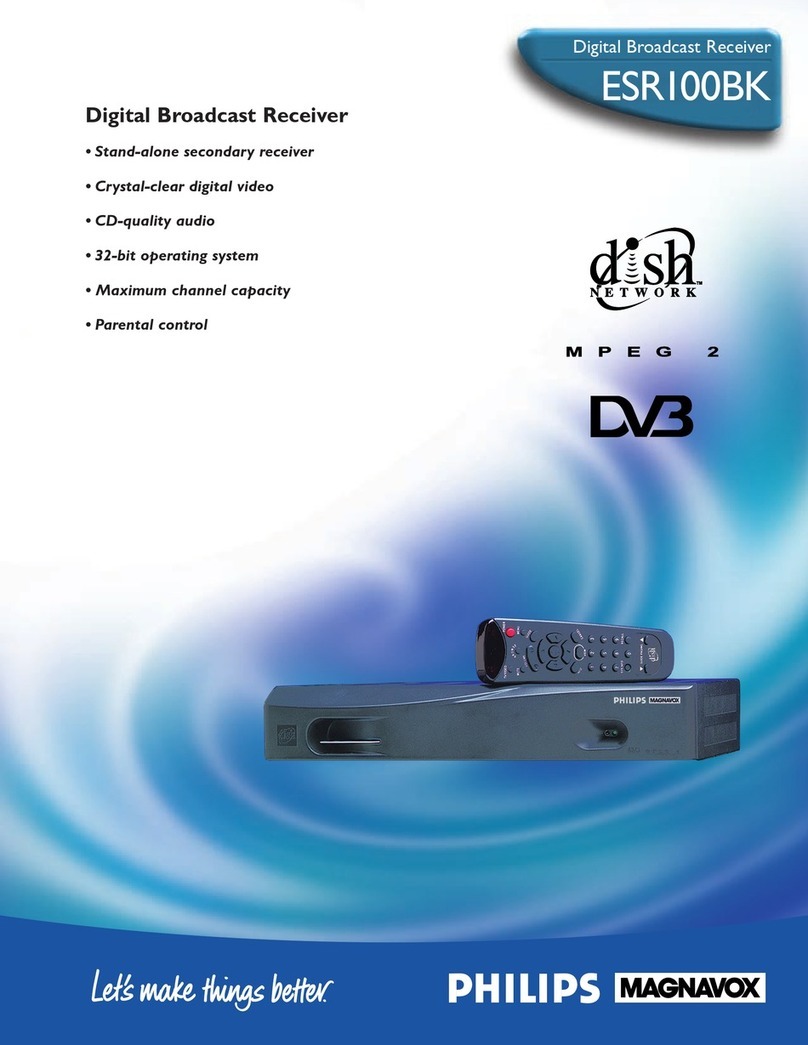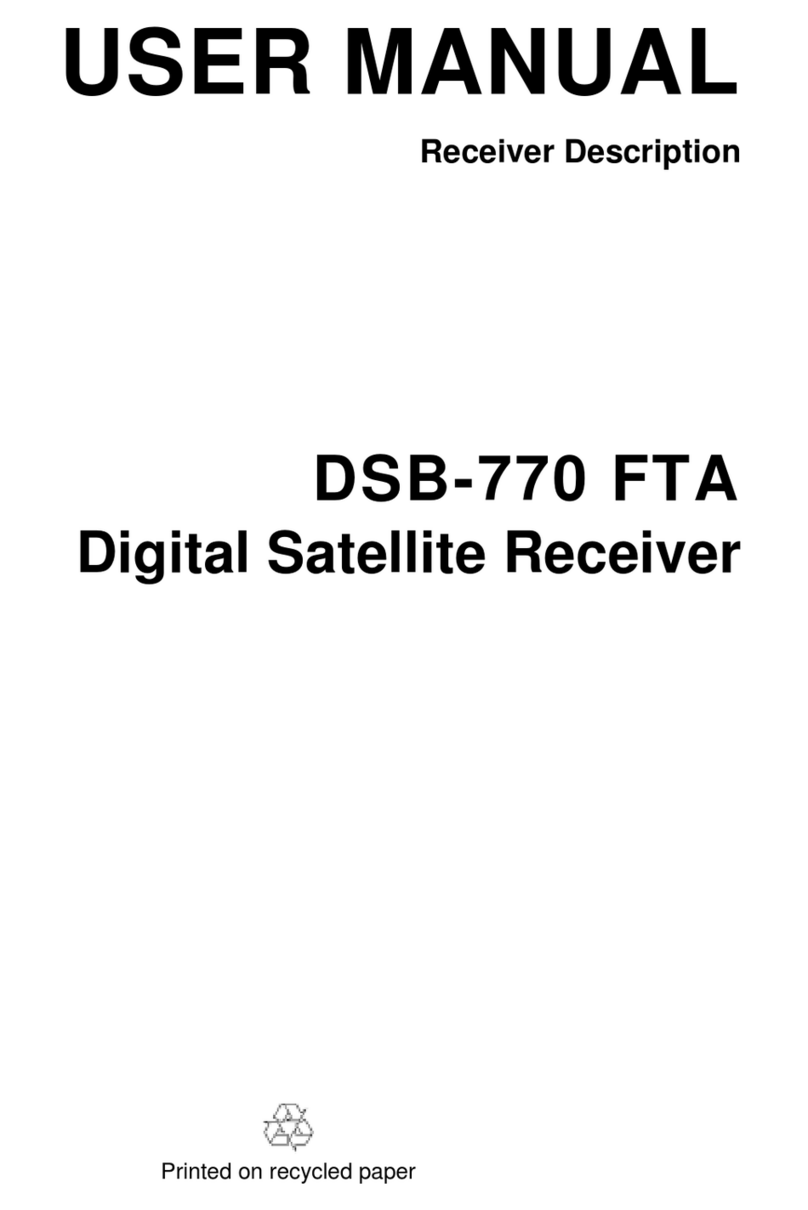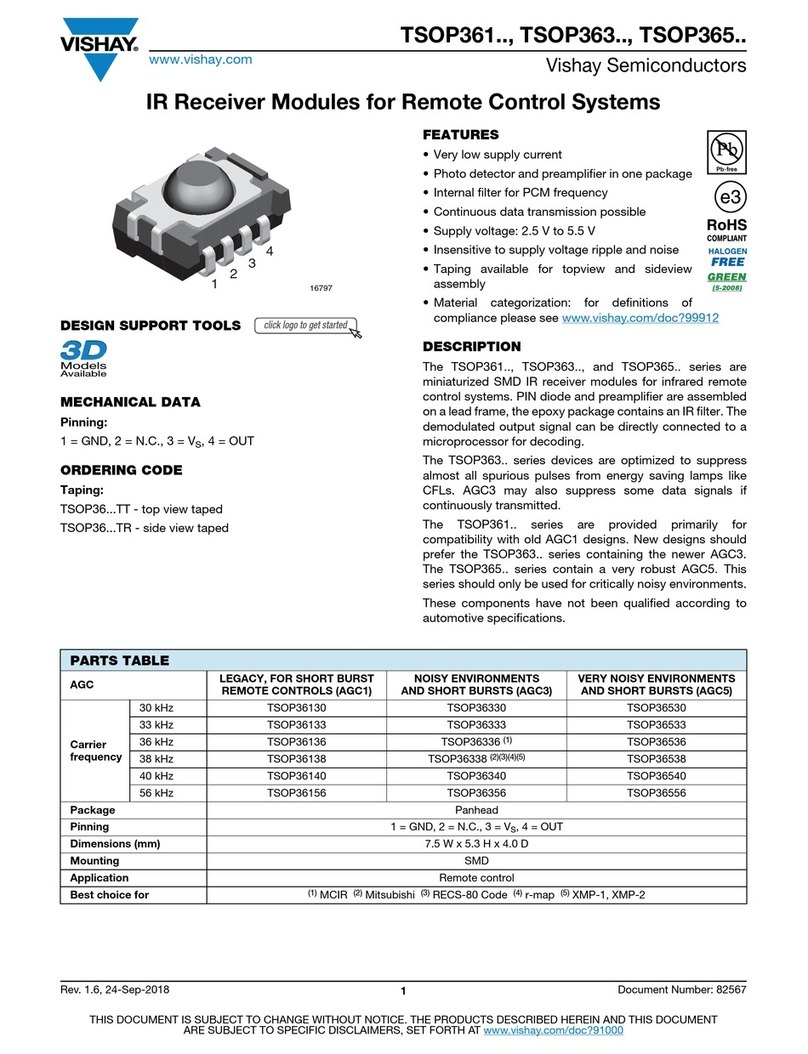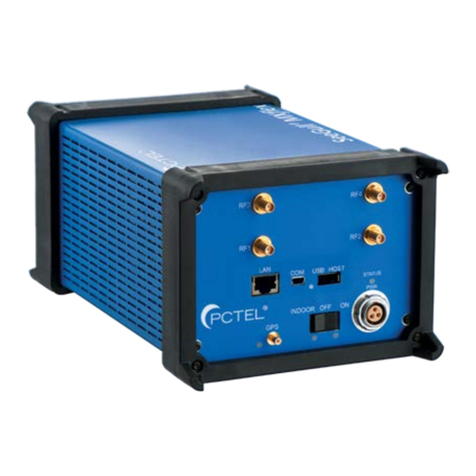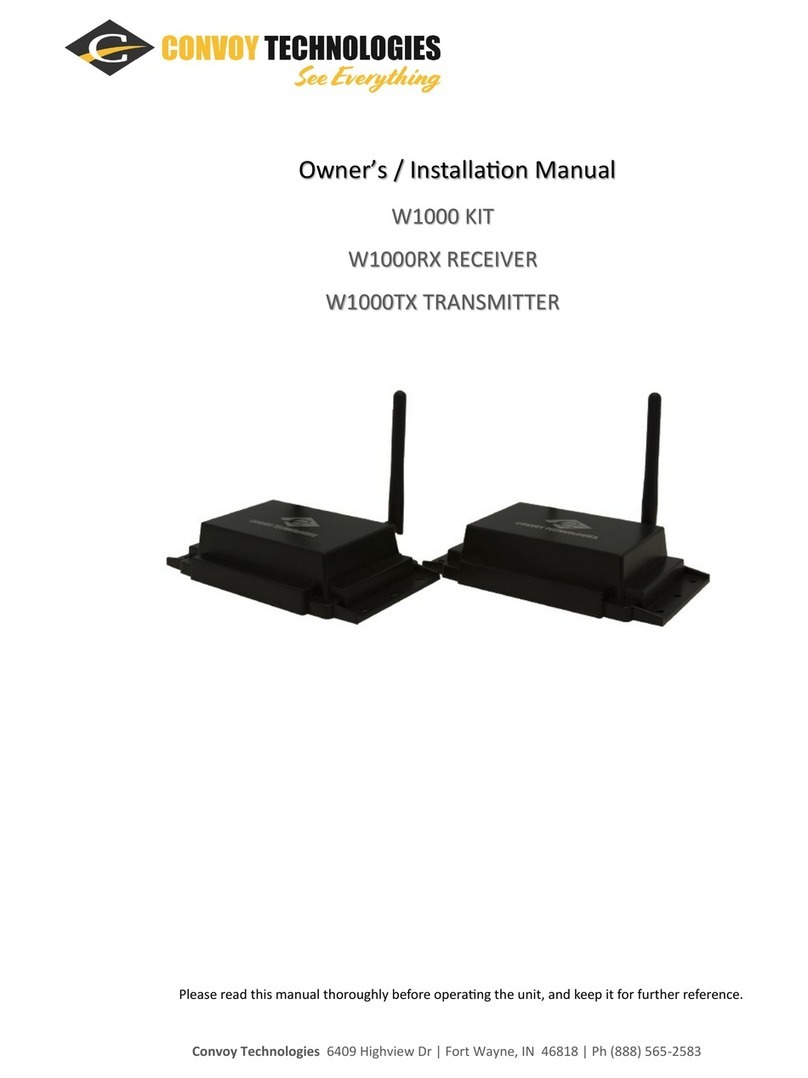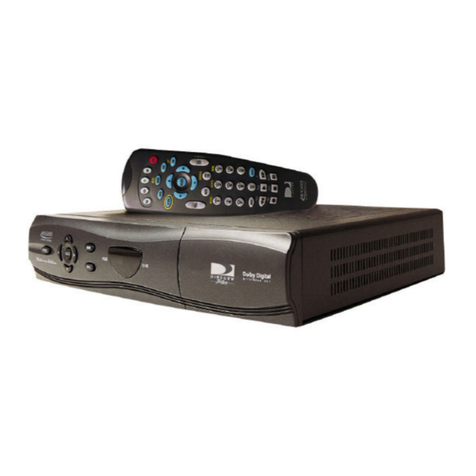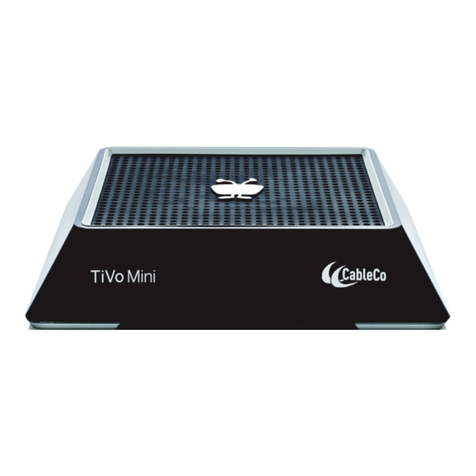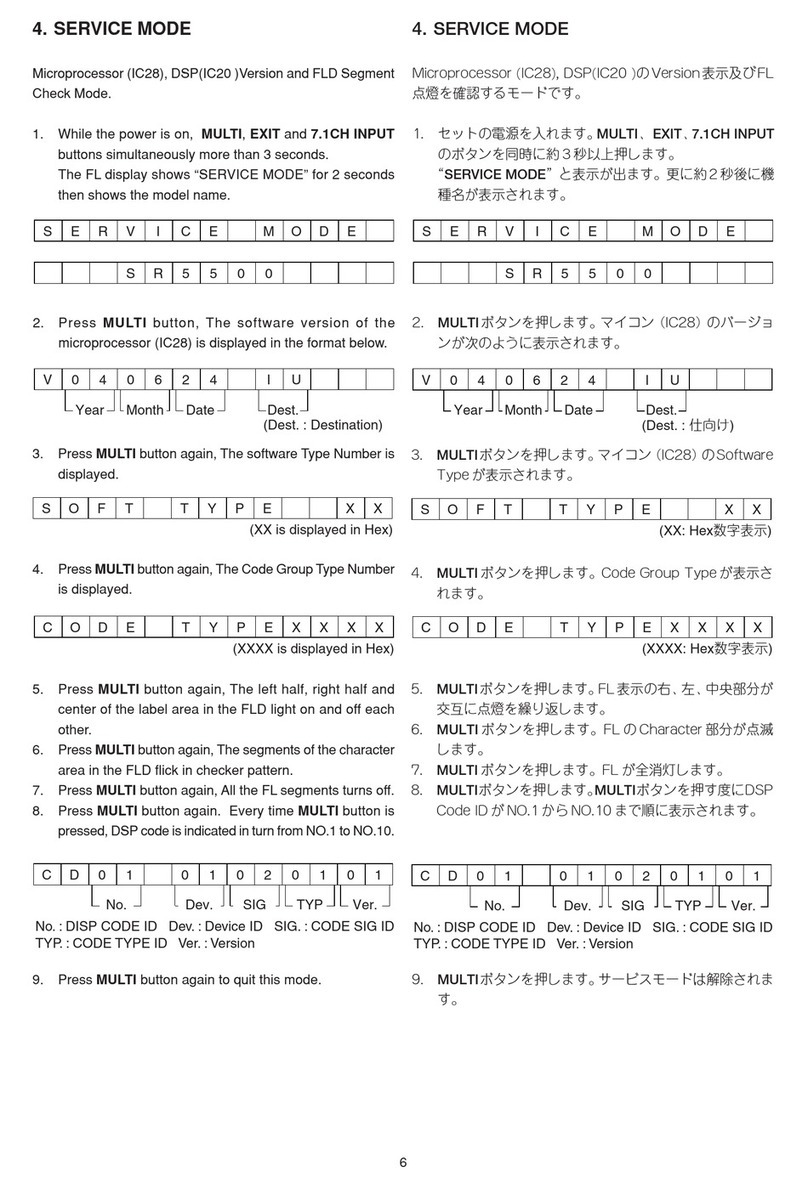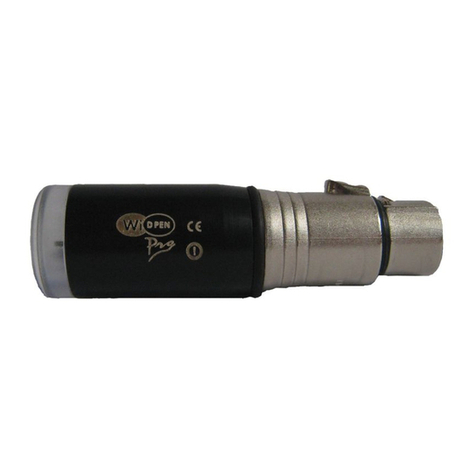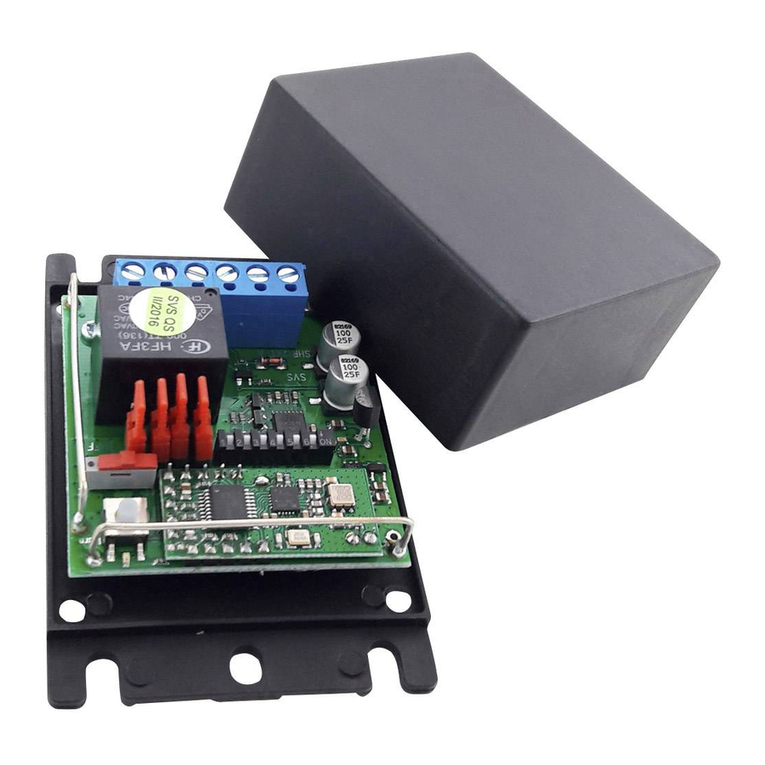Advantek PixLite R2F-S User manual

- 1 -
www.advateklights.com PixLite R2F-S User Manual V200702
PixLite R2F-S User Manual
Hardware Rev 1.0

- 2 -
www.advateklights.com PixLite R2F-S User Manual V200702
1 - Table of Contents
1 - Table of Contents 2
2 - Introduction 3
3 - Installation 4
3.1 - Supplying Power 4
3.2 - Output Fuses & Power Injection 4
3.3 - Data Input 5
3.4 - Connecting Pixel LEDs 7
4 - Operation 9
4.1 - Start-up 9
4.2 - Indicator LEDs 9
4.3 - Outputs 10
5 - Specifications 11
5.1 - Operating Specifications 11
5.2 - Mechanical Specifications 11
5.3 - Fault Protection 12
6 - Troubleshooting 14
6.1 - No Power LED 14
6.2 - No Pixel Control 14
6.3 - Other Issues 14
7 - Disclaimer 15

- 3 -
www.advateklights.com PixLite R2F-S User Manual V200702
2 - Introduction
This is the user manual for the PixLite R2F-S pixel receiver, hardware version 1.0.
The PixLite R2F-S is designed to receive differential long distance signals of 300m
(1000') or more over a standard network cable from a PixLite T8 transmitter unit, and
convert these input signals back into a pixel-ready signal for output directly to pixels.
The PixLite R2F-S features 2 pixel outputs, each having both a dedicated fuse and
'fuse good' LED indicator.
The PixLite R2F-S features a sleek, compact design and 4 holes for ease of wall
mounting as well as an optional DIN rail mounting kit. It also features industrial grade
protection on all inputs and outputs, making it the ideal option for reliable
commercial and industrial applications.
This manual covers physical aspects of the PixLite R2F-S receiver and its essential
setup steps only. Separate user manuals are available for the transmitter units. Other
manuals may be downloaded from here:
www.advateklights.com/downloads

- 4 -
www.advateklights.com PixLite R2F-S User Manual V200702
3 - Installation
3.1 - Supplying Power
Power is applied to the PixLite R2F-S via the large lever clamp connector. The levers
should be lifted up for wire insertion and then clamped back down, providing a highly
robust and secure connection. Polarity for the connector is clearly marked on the lid,
as shown in Figure 1 below.
Figure 1: Location of Power Input
3.2 - Output Fuses & Power Injection
Each individual output is protected by a mini blade fuse. The PixLite R2F-S comes with
7.5A fuses by default. You may use any value of fuse, up to and including 7.5A,
depending on your specific application. Individual outputs should not exceed 7.5A
and the total current should not exceed 15A. If your application requires more current
than this, then you will need to inject power into the pixels directly.
The number of pixels that can be physically powered through this device may not be
as high as the amount of pixel control data that is being output. There is no definitive
rule as to how many pixels can be powered from the receiver, as it depends on the
type of pixel. You need to consider if your pixel load will draw more than 7.5A of
current and whether there will be too much voltage drop in the pixel load for it to only

- 5 -
www.advateklights.com PixLite R2F-S User Manual V200702
be powered from one end. If you need to “inject power” we recommend bypassing
the receiver’s power output pins entirely.
If a fuse needs replacing, a suitable replacement fuse is of type "F7.5A E 32V". An
additional spare fuse is also provided for quick replacement which can be accessed
by opening the lid, as shown in Figure 2 below.
Figure 2: Internal View of the PixLite R2F-S
3.3 - Data Input
Data is connected via a standard network cable into the RJ45 jack located on the
front panel of the unit, as shown in Figure 3 below.
Figure 3: Position of Data Input

- 6 -
www.advateklights.com PixLite R2F-S User Manual V200702
Receivers are connected to the transmitter via the RJ45 jacks on the rear panel of the
PixLite T8. Each jack is labelled with its output number 1-8. These ports are not network
ports, and should not be connected to any networking equipment, as shown in Figure
4below. They are specifically designed to connect a PixLite transmitter with a PixLite
receiver. For this reason, the standard network cable you use can be safely used in
excess of 300m.
Figure 4: Correct equipment to use
A typical setup is shown in Figure 5 below, which also shows how many pixels can be
run off each output.

- 7 -
www.advateklights.com PixLite R2F-S User Manual V200702
Figure 5: Connecting Receivers to Transmitter
3.4 - Connecting Pixel LEDs
The pixel lights are connected directly via the 2 pluggable screw terminal connectors
on the rear of the unit. Each connector is labelled with its output channel number (1-2)
and on the top of the lid the pin-out is clearly marked. Simply wire your lights into
each screw terminal and then plug them into the mating sockets.
The cable length between the output and the first pixel should not exceed 15m.
Figure 6 shows the pin-out of the pixel output connectors.

- 8 -
www.advateklights.com PixLite R2F-S User Manual V200702
Figure 6: Pixel Output Pinout

- 9 -
www.advateklights.com PixLite R2F-S User Manual V200702
4 - Operation
4.1 - Start-up
When power is applied to the receiver, the green power led in the bottom right-hand
corner on the front panel should be illuminated, as shown in Figure 7 below.
Figure 7: Position of the Power LED
If pixels have been correctly connected to the outputs and the data cable is
connected to the transmitter and valid data is being sent, you should see the pixels
turn on.
4.2 - Indicator LEDs
Each fuse is paired with a green LED which indicates the condition of the fuse. If the
fuse is good, the LED will be on. If the fuse has been blown or is not connected, the
LEDwill be off. This feature offers a quick method for determining the state of each
fuse, however in environments where these LEDs are needed to be turned off, a switch
is located underneath the spare fuse that will turn off this feature. If the switch is
pushed to the right, it is off, and all indicator LEDs and the power LED will always be
off. This switch is shown in Figure 8 below.

- 10 -
www.advateklights.com PixLite R2F-S User Manual V200702
Figure 8: Position of Indicator LEDs and Switch
4.3 - Outputs
The number of pixels per output is configured in the transmitter device and may vary
depending on the pixel capacity of the specific device.
The refresh rate of the pixels will depend on the operating frequency of the specific
pixel chip type. Refer to the user manual of the PixLite Transmitter device for more
information about this topic as the Transmitter will be responsible for the refresh rate
of this receiver.

- 11 -
www.advateklights.com PixLite R2F-S User Manual V200702
5 - Specifications
5.1 - Operating Specifications
The table below specifies the recommended operating conditions for a PixLite R2F-S
receiver.
Parameter Value/Range Units
Input Voltage Range 5-24 V DC
Max Current 15 A
Max Logic Current Consumption 150 mA
Ambient Operating Temperature -20 to +55 °C
Maximum Current Per Pixel Output 7.5 A
5.2 - Mechanical Specifications
The PixLite R2F-S receiver has dimensions as below.
Dimension Metric Imperial
Length 95mm 3.7"
Width 78mm 3.1"
Height 33mm 1.3"
Weight 0.2kg 0.4lbs

- 12 -
www.advateklights.com PixLite R2F-S User Manual V200702
Figure 9: Receiver Mechanical Specifications
5.3 - Fault Protection
The PixLite R2F-S features notable protection from potential damage due to various
types of faults. This makes the device extremely robust and reliably able to withstand
installation and operation even in harsh environments.
ESD protection is present on all data input lines and on all pixel output lines.
The data input port is protected against shorts to external voltages of up to +/- 24V.
All pixel output lines are protected against direct shorts of up to +/- 24V. This means
that even if your pixels or wiring have a fault that causes a direct short between the
power and data or clock lines on any output, it will not damage the device.

- 13 -
www.advateklights.com PixLite R2F-S User Manual V200702
The PixLite R2F-S itself is protected against damage from reversed polarity power
input. However it does not provide external reverse polarity protection for any loads
that you may have connected to the pixel outputs.

- 14 -
www.advateklights.com PixLite R2F-S User Manual V200702
6 - Troubleshooting
6.1 - No Power LED
Ensure that your power supply is supplying correct voltage. Additionally, ensure that it
can supply enough current to drive the lights that are connected. You should also try
disconnecting all outputs and see if the receiver then turns on.
6.2 - No Pixel Control
Check that the correct pixel IC type has been selected on the transmitter unit in the
dropdown box in the Advatek Assistant under the ‘LEDs’ tab. Also check the physical
wiring and pinout of the pixels, as well as the output fuses. Ensure that the green 'fuse
good' indicator LEDs under the lid compartment are all visible (one per output
channel). If any are off, replace any blown output fuses as required.
6.3 - Other Issues
For the latest more specific troubleshooting information and other help, you should
refer to our online knowledgebase here:
www.advateklights.com/knowledge-base
If you can’t resolve your problem with the help of our knowledgebase, you can send
an e-mail to: support@advateklights.com and a support ticket will automatically be
created for you, or you can manually open a support ticket here:
www.advateklights.com/support

- 15 -
www.advateklights.com PixLite R2F-S User Manual V200702
7 - Disclaimer
If you require support or warranty, please refer to section 6.3 for information on
creating a support ticket. You must be issued with a return authorization by Advatek
support staff before returning any product.
The PixLite R2F- S receiver is supplied with a 3- year limited warranty and a
repair/replacement guarantee. Please see the terms and conditions on our website
for more information.
This equipment has been tested as compliant with both CE and FCC requirements.
Note: This equipment has been tested and found to comply with the limits for a Class
A digital device, pursuant to part 15 of the FCC Rules. These limits are designed to
provide reasonable protection against harmful interference when the equipment is
operated in a commercial environment. This equipment generates, uses and can
radiate radio frequency energy and, if not installed and used in accordance with the
instruction manual, may cause harmful interference to radio communications.
Operation of this equipment in a residential area is likely to cause harmful
interference in which case the user will be required to correct the interference at their
own expense.
This product has been manufactured by:
Advatek Lighting
16 / 52 Corporate Blvd
Bayswater, 3153
VIC, AUSTRALIA
Table of contents
Other Advantek Receiver manuals
